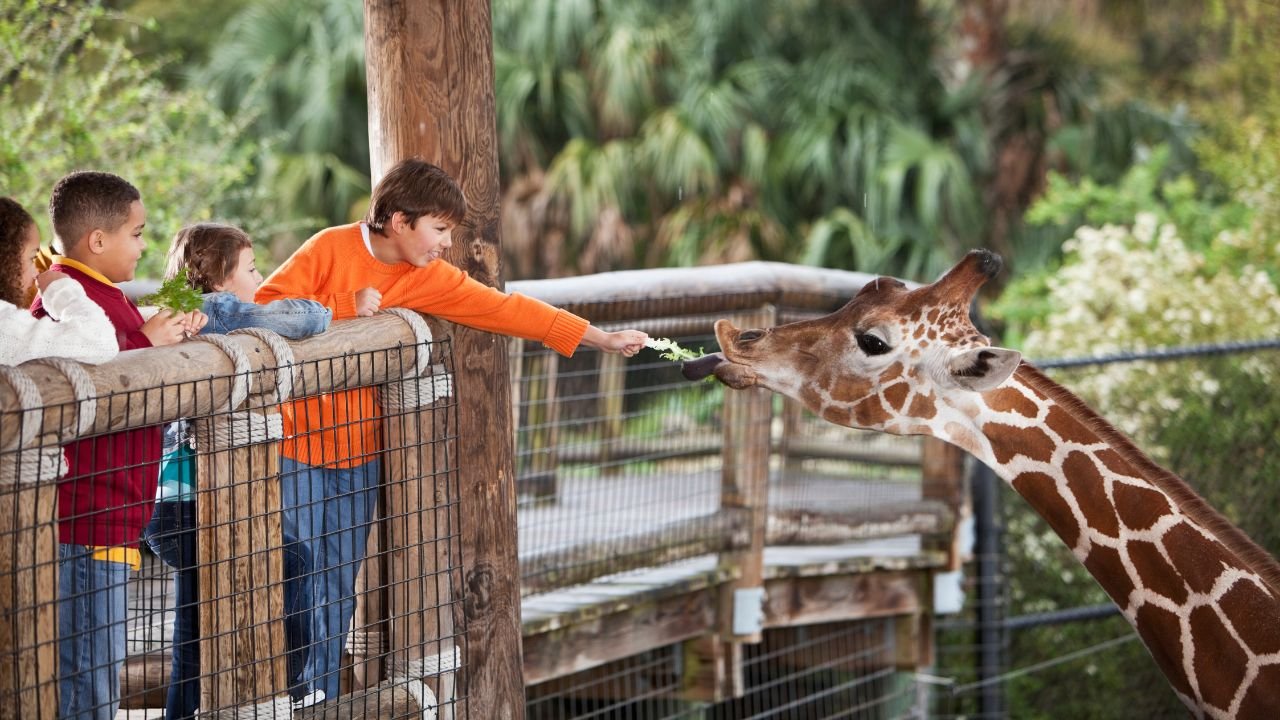In terms of area, the biggest zoo in the United States is the San Diego Zoo Safari Park of California, which spans over 7.3 km². In terms of number of animal species, the biggest zoo in the United States is Omaha’s Henry Doorly Zoo and Aquarium. It is home to over 17,000 animals of 962 species. In this article, we delve into what makes these zoos remarkable and why they hold the titles of the largest zoos in the U.S. Whether you’re an animal enthusiast or a curious traveler, these destinations offer a unique glimpse into the animal kingdom.
What Is The Biggest Zoo In The United States By Area?
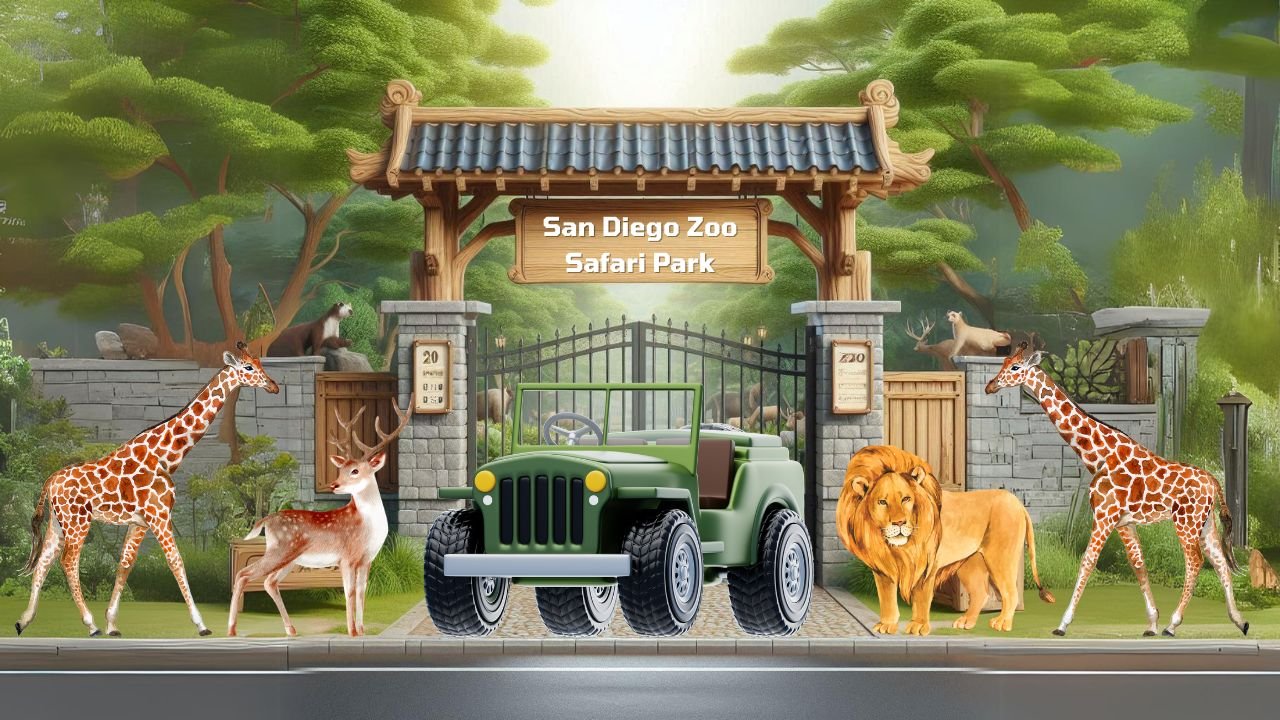
By area, the biggest zoo in the United States is the San Diego Zoo Safari Park. It is located in the San Pasqual Valley of San Diego County, California, near Escondido. It is home to wild and endangered animals from all continents except Antarctica. Due to the semi-arid climate of the area, the park has a feeling of an African environment throughout the year.
Total Land Area
The total land area of San Diego Zoo Safari Park is 1,800 acres (7.3 km² or 2.8 square miles).
Number Of Animal Species
The San Diego Zoo Safari Park houses more than 3,500 animals representing over 400 species. There is also a botanical garden with over one million plants of more than 3,700 species.
Major Exhibits
Major exhibits and attractions of the San Diego Zoo Safari Park include:
- African Plains And Asian Savannah
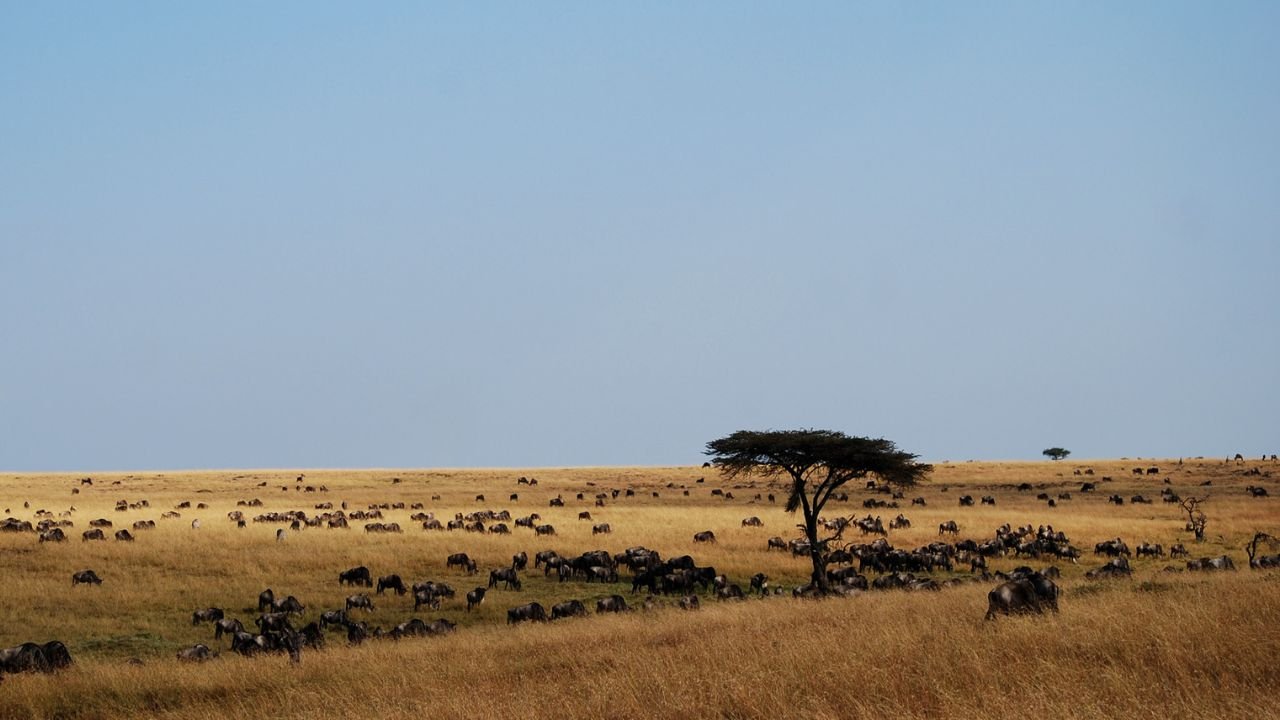
It is one of the largest exhibits of the park with various Asian and African plane habitats. Asian savannah spans over 60 acres and houses Indian rhinoceros, Bactrian camels, guar, banteng, dholes, and many species of antelope and Asian deer.
African Plains exhibit many habitats and regions. East Africa habitat is home to southern white rhinoceros, Rothschild’s giraffe, reticulated giraffe, African buffalo, fringe-eared oryx, Nile lechwe, red lechwe, and several other species of antelopes and gazelles. There is also a lagoon that inhabits East African crowned cranes, African sacred ibises, Dalmatian pelicans, pink-backed pelicans, and great white pelicans.
The North African region exhibits the Sahel and Sahara Desert and is home to scimitar-horned oryx, Barbary stag, Barbary sheep, red-fronted gazelle, Ankole-Watusi cattle, and Dromedary camels.
The South African field houses Grevy’s zebras, Masai giraffe, blue wildebeest, ostrich, and several antelope sepsis including common eland, gemsbok, springbok, and sable antelope.
The Central African part has a wooded waterhole with an island that inhabits saddle-billed storks, spur-winged geese, Egyptian geese, Goliath herons, Ruppell’s vultures, and Lappet-faced vultures. There are also several species of antelopes, Ugandan kob, greater kudu, red river hog, and other forest animals.
- Tiger Trial
The Tiger Trail has two male and four female Sumatran tigers in three exhibits. Visitors can view them from a glass viewing window. In 2023, a female named Diana gave birth to two cubs and the number of tigers increased to eight.
- Gorilla Forest And Nairobi Village
This habitat in the park is home to a troop of western lowland gorillas. During the 2021 coronavirus pandemic, two gorillas were diagnosed with COVID-19. They were the first reported cases of human-to-ape transmission of COVID-19.
Nairobi village is home to numerous smaller animal species. It includes meerkats, ring-tailed lemurs, Rodrigues fruit bats, Chilean flamingos, sand cats, black-footed cats, pancake tortoises, North Sulawesi babirusa, and South American coatis. There is also a lagoon that inhabits many native and foreign species of waterfowl.
- Lion Camp
Lion Camp is a one-acre exhibit that houses six African lions. Visitors can view lions from a 12-meters-long glass viewing window.
- Condor Ridge
Condor Ridge exhibits some endangered species of North American desert wildlife like California condors and desert bighorn sheep. Other species housed here include Aplomado falcons, bald eagles, burrowing owls, San Clemente loggerhead shrikes, black-footed ferrets, prairie dogs, and desert tortoises.
- African Woods And African Outpost
This exhibit is a copy of various African habitats. It starts in African woods that house animals like vultures, lesser kudu, and giant eland. It then leads to the forest home to animals including okapi, gerenuk, steenbok, demoiselle cranes, blue cranes, and kori bustard. The trail then progresses to the African Outpost, which exhibits plain animals like bontebok, bat-eared foxes, secretary birds, yellow-billed storks, nyala, and cheetah.
- Walkabout Australia
Walkabout Australia is the only Australian exhibit of the park. It spans over 3.6 acres and houses Australian animals like western gray kangaroos, red-necked wallabies, Australian brush turkeys, freckled ducks, and magpie geese. There are also two exhibits of southern cassowary and an exhibit of Matschie’s tree kangaroos. Walkabout Australia also houses the only two platypuses outside of Australia.
What Is The Biggest Zoo In The United States By Number Of Animal Species?
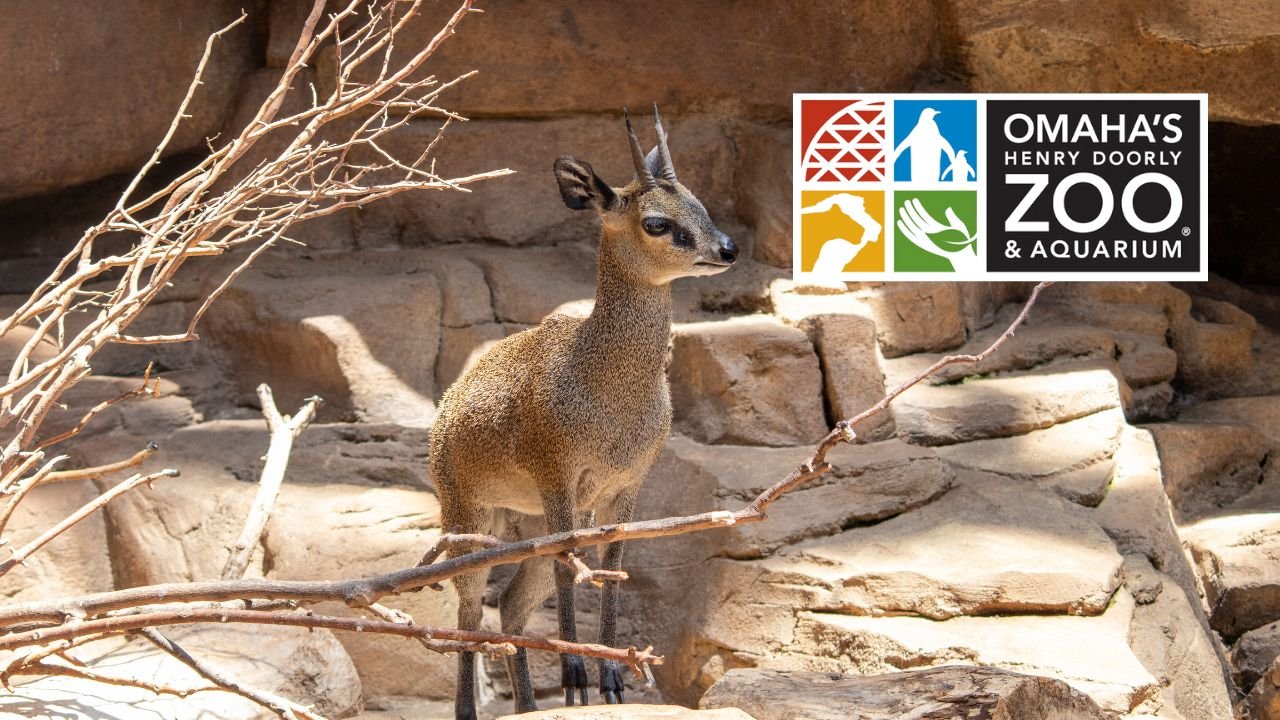
Omaha’s Henry Doorly Zoo and Aquarium is the biggest zoo in the United States in terms of number of animal species. It is located in Omaha, Nebraska. The zoo is well-known for its leading efforts in animal conservation and research. The four squares in the logo of the zoo represent the four pillars of the main mission of the zoo, which are; Conservation, Research, Recreation, and Education.
Total Land Area
The total land area of the zoo is over 130 acres (53 hectares).
Number Of Animal Species
Omaha’s Henry Doorly Zoo and Aquarium houses over 17,000 animals of 962 species.
Major Exhibits
Major exhibits and attractions at Omaha’s Henry Doorly Zoo and Aquarium include:
- Desert Dome
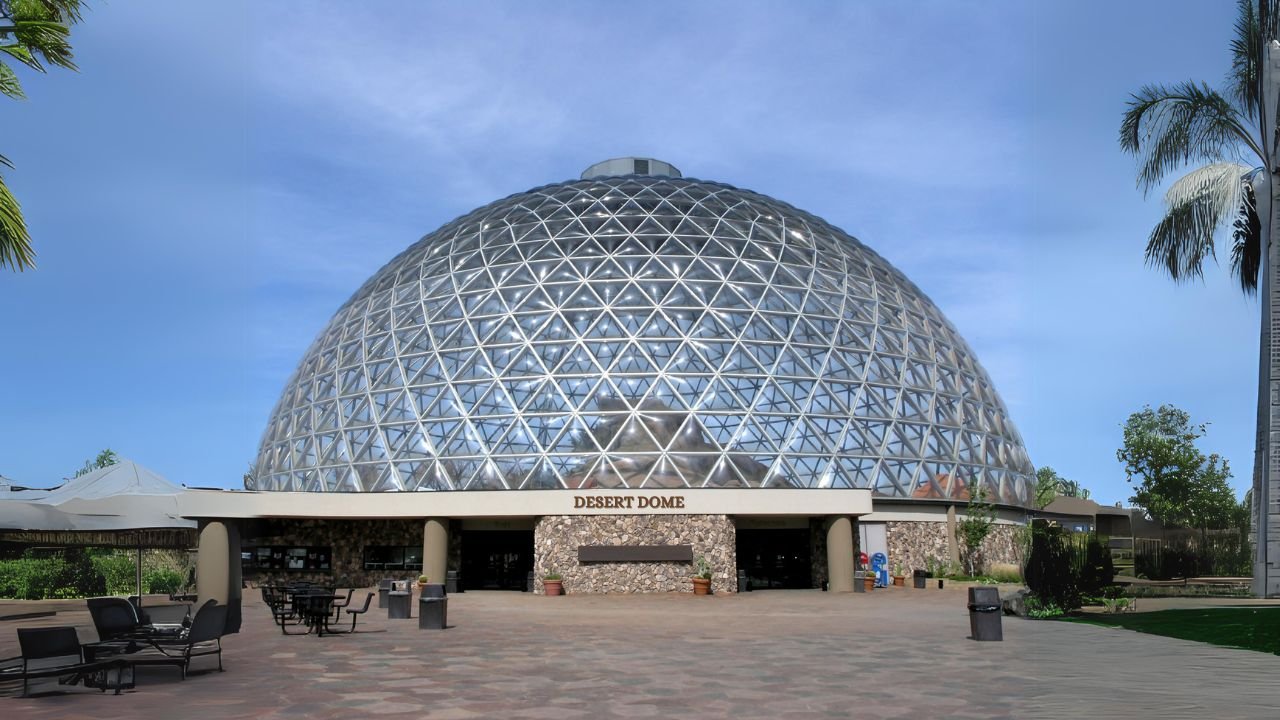
The Desert Dome is one of the largest indoor deserts in the world, spanning over 3,900 m². It was opened in 2002 and exhibits geologic features of deserts from all over the world, including the South African Namib Desert, the Australian Red Center, and the United States’s Sonoran Desert.
Animals in the Desert Dome include African wild cat, bat-eared fox, swift fox, common dwarf mongoose, klipspringer, spotted thick-knee, Cape cobra, inland taipan, rough-scaled death adder, lace monitor, perentie, bobcat, burrowing owl, collared peccary, gambel’s quail, ocelot, white-nosed coati, Arizona black rattlesnake, sidewinder, Mexican beaded lizard, laughing kookaburra, tawny frogmouth.
- Kingdoms Of The Night
The Kingdoms of the Night is the largest nocturnal animal exhibit in the world. It is located beneath the Desert Dome and was opened in 2003. It features a wet cave, a dry batcave, a eucalyptus forest, a canyon, an African diorama, and the largest indoor swamp in the world.
Some of the animals housed at the Kingdoms of the Night are Fossa, aardvark, African brush-tailed porcupine, naked mole-rat, Egyptian fruit bat, alligator snapping turtle, American alligator, freshwater crocodile, North American beaver, spectacled caiman, northern greater galago, gray-handed night monkey, Hoffman’s two-toed sloth, short-beaked echidna, and tammar wallaby.
- Lied Jungle
The Lied Jungle is one of the world’s largest indoor rainforest exhibits. On the jungle floor, there is a trail and a walkway for visitors to walk. The jungle is home to about 90 species of animals, including black howler, blue monkey, Colombian spider monkey, common squirrel monkey, blue and yellow macaw, Luzon bleeding-heart, African pygmy geese, hamerkop, sunbittern, lowland paca, Malayan tapir, Indian crested porcupine, spotted-necked otter, Indian flying fox, yellow anaconda, blood python, electric eel, pacu, and piranha.
- African Grasslands
African Grasslands is a 28-acres exhibit. Animal species found here include African bush elephant, reticulated giraffe, southern white rhinoceros, lion, cheetah, Grant’s zebra, ostrich, meerkat, impala, sable antelope, bongo, white-throated monitor.
- Asian Highlands
Asian Highlands spans over 8 acres and exhibits highlands of Central Asia, including China and India. It features native species to the region, including Indian rhinoceros, Pere Davis’s deer, red panda, Sichuan takin, Chinese goral, Chinese muntjac, tufted deer, sloth bear, snow leopard, and Siberian tiger.
- Butterfly and Insect Pavillion
Butterfly and Insect Pavilion spans over 1,300 m² and features exhibits; Butterfly Conservatory, Conservation Promenade, Chrysalis Hatching Room, Insect Zoo, and Lower Level.
- Hubbard Gorilla Valley
Hubbard Gorilla Valley was constructed at $14 million and opened in 2004. Some of the animals in this exhibit include the western lowland gorilla, mantled guereza, Diana monkey, yellow-backed duiker, and cattle egret.
- Hubbard Orangutan Forest
This exhibit was opened in 2005. It features main animal species; siamang, Francois’ langur, and Bornean orangutan.
- Suzanne And Walter Scott Aquarium
It is a public aquarium opened in 1995. It features aquatic habitats from temperate oceans, flooded Amazon rainforests, polar regions, and coral reefs. The aquarium houses animal species including; the Atlantic puffin, king penguin, southern rockhopper penguin, gentoo penguin, sea turtles, sharks, stingrays, jellyfish, giant Pacific octopus, redtail catfish, and toco toucan.
Top 10 Biggest Zoos In The United States
The following are the top 10 biggest zoos in the United States:
- Omaha’s Henry Doorly Zoo and Aquarium
- San Diego Zoo Safari Park
- Bronx Zoo
- Columbus Zoo and Aquarium
- Minnesota Zoo
- Riverbanks Zoo
- Zoo Miami
- Smithsonian National Zoological Park
- Cleveland Metropark Zoo
- Kansas City Zoo
What Zoo Has The Most Animals In The United States?
Omaha’s Henry Doorly Zoo and Aquarium has the most animals in the United States. It is home to over 17,000 animals representing 962 species.

